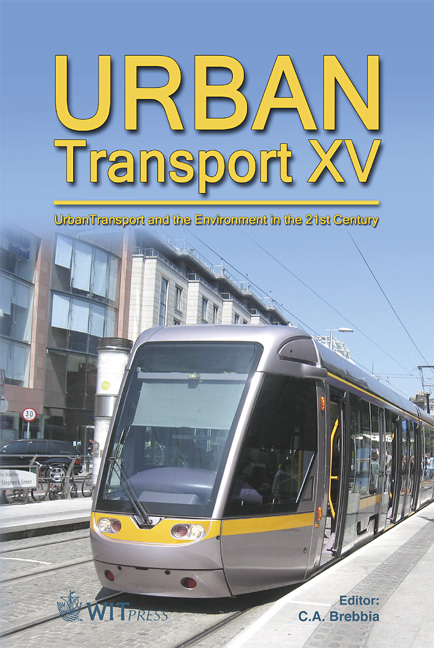The Safety Benefits Added By Lateral Roadside Clearance To Urban Streets
Price
Free (open access)
Transaction
Volume
107
Pages
7
Page Range
619 - 625
Published
2009
Size
628 kb
Paper DOI
10.2495/UT090551
Copyright
WIT Press
Author(s)
T. H. Maze, C. Sax & N. R. Hawkins
Abstract
The distance from the edge of the roadway to a fixed object is known as the clear zone, or lateral offset. Clear zones provide a buffer space between the roadway and adjacent fixed objects. In the U.S., guidance for clear zones was first promulgated in the 1960s, and over time has been updated by the American Association of State Highway and Transportation Officials (AASHTO), which produced its most recent Roadside Design Guide in 2006. AASHTO clear zone guidance, however, is focused on rural roadway conditions as opposed to urban (curbed roadways) where AASHTO simply recommends a minimum clear zone distance of 18 inches (45.7 centimeters). Some jurisdictions have adopted this minimum urban clear zone standard of 18 inches while others have developed more stringent requirements. This paper provides guidance in developing realistic clear zone setback distances through a crash and clear zone analysis on Iowa curbed roadways. The analysis showed that fixed object crashes were disproportionately more hazardous than other types of urban crashes. Clear zone setbacks were contrasted to safety performance on 13 corridors within two Iowa communities. The analysis found that roughly 90 percent of all fixed object crashes occurred within a clear zone distance of 5 feet (1.5 meters). The same data were used to show that roughly 90 percent of the crash costs (economic loss) were within a clear zone distance of 3 feet (1 meter). As a result of this research, the Iowa Department of Transportation is considering changes to their urban clear zone policies. Keywords: urban street clear zone, lateral offset, roadside safety.
Keywords
urban street clear zone, lateral offset, roadside safety





